Tiny Kitchen Design
How to make the most of your tiny kitchen design
How to make the most of your tiny kitchen design
What are portable luxury restrooms and where are they going?
The Americans with Disabilities Act and its importance in design
I work in a tiny house. More specifically, a mobile office. Here at B&B, our company has grown faster than our factory has, so now a few of us share the 8 1/2′ x 20′ Brodie Mobile Office for 8 hours a day, 5 days a week. During that time, I’ve learned quite a few things about how to best design a small space for maximum working and living.
Here’s what I’ve learned:
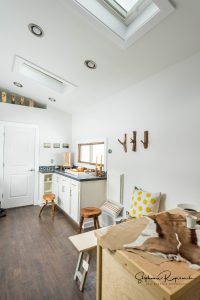 Windows and skylights make a huge difference.
Windows and skylights make a huge difference.Before moving out to the mobile office, I was working inside the factory in a little room we built into the corner of the warehouse. This room had windows to the factory but no windows to the outside. Now that I’m in the mobile office and my desk faces two windows, my quality of life has really improved. The old office, although it was bigger than the mobile office, felt a bit cave-like, and not in the way of grand echoing caverns; it was more like those tiny spaces spelunkers narrated by David Attenborough have to squeeze their bodies into. Anyhow, with its tall ceilings, skylights, and windows all around, the tiny mobile office, although smaller than the old office, feels way more spacious.
Both for air exchange and light, it’s nice to have windows on all sides of you. Opening a window at either side of the house creates a nice breeze. Because you’re surrounded by windows rather than looking at one or two walls with windows, the space feels more expansive and airy than a smaller space.
This goes for any house, not just tiny houses, but it’s something I’ve learned from this particular tiny house so I thought I’d share it here. I can’t stress this enough: choose a floor color that’s not going to show every single piece of dirt, dust, sand, mud, piece of grass, and microscopic pebble. This house was photographed on a day when the snow went up to our knees and we mopped the floor just before the shoot. If we hadn’t, you’d see all kinds of smudges on it.
The absolute best floor for mud-concealment is this grey one with lots of color variation. This house (the Arcadia Tiny House) has been exhibited on rainy, muddy days with hundreds of people (and double that number of boots!) walking through and you couldn’t even tell it was dirty.
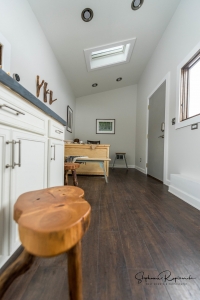
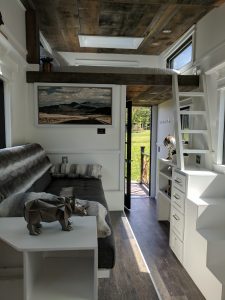
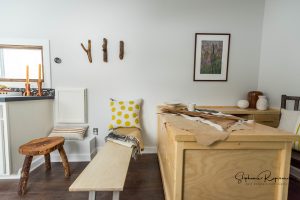 Mobile offices are great for greeting customers outside the work area.
Mobile offices are great for greeting customers outside the work area.Our workshop has six tiny houses being built at a time, with houses, trucks, deliveries, forklifts, et cetera rolling in and out of our factory doors all day. We don’t generally like to invite visitors inside this active work environment simply because it’s too much of a liability. Having the mobile office outside as the face of our company allows us to greet customers in a safe environment, free of sawdust, noise and hazards.
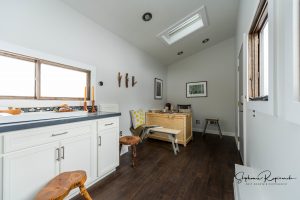 More people can fit in an 8 1/2′ x 20′ space than you think without feeling claustrophobic.
More people can fit in an 8 1/2′ x 20′ space than you think without feeling claustrophobic.We’ve had non-claustrophobic meetings with ten people inside. The level of claustrophobia definitely depends on the amount of stuff inside the house. Since this is an office, not a home, and most of our files are digital, not on paper, we really don’t need that much stuff inside the mobile office. We keep architectural samples, like color chips, siding swatches, and stain samples, but other than that pretty much everything’s digital.
Additionally, the objects that we do have are stored inside the cabinetry so they don’t add to visual clutter.
It’s quiet in the mobile office. Really quiet. It’s a side effect of being well-insulated. So during mealtimes it can be a bit… overwhelming for someone who doesn’t like to hear others chewing. My favorite white noise generator is Celestial White Noise on YouTube. Ten hours of a gentle hum that you tune out after a minute and don’t have to hear every time your coworker shifts in their chair.
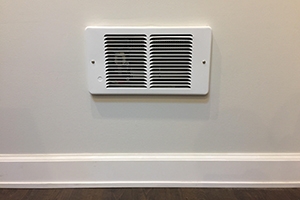
I have hot soup for lunch all the time in the winter. To make sure the mobile office doesn’t then smell like soup for the rest of the day, I always open the restroom door and turn the extractor fan on after eating a hot lunch. It only takes a couple minutes to return the air in the house to freshness.
Certain heating and cooling systems also include air exchange (ours doesn’t)– I’d recommend getting that if possible.
 Tall ceilings and not too much clutter on the walls really make a space feel bigger.
Tall ceilings and not too much clutter on the walls really make a space feel bigger.Perhaps this goes without saying, but I think it’s worth mentioning the tall ceilings inside this tiny mobile office. In order to be road-legal, the tiny house has to be under 13 1/2′ tall so it can fit under bridges, trees and power lines. With the inside floor being just over 2′ off the road, there is still room for a taller-than-usual ceiling inside– and it makes a huge difference!
At B&B Tiny Houses, we are often asked if a prospective tiny home owner should buy a custom tiny house or choose from our catalog of tiny house designs. Most of our clients will ultimately decide that they want to customize an existing tiny house design for the reasons below.
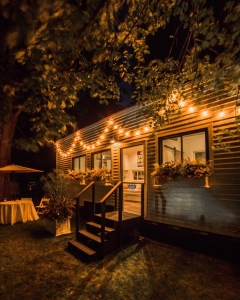
Because we have 9 models of pre-designed tiny houses, most prospective tiny house owners will find a plan that will work for them. With this option, B&B customers will get to choose the finishes on their tiny house for no additional cost. This means that clients will have the option of picking the finishes for the interior and exterior of their tiny home: including the roofing, ceilings, walls, fixtures, and floors. The customization process of the pre-designed tiny homes allows owners to add their own style to their tiny house. The pre-designed tiny houses also allow clients the option of changing the blueprint–i.e. adding an extra closet or rearranging kitchen appliances. Read more about our blueprint changes fee.
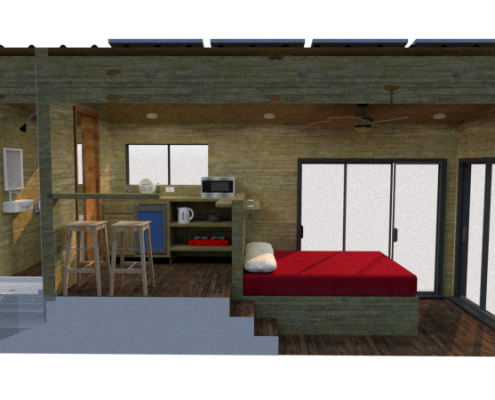
Perfect for weekend vacationers, the Prospect has a beautiful observatory bedroom with large sliding doors on three sides.
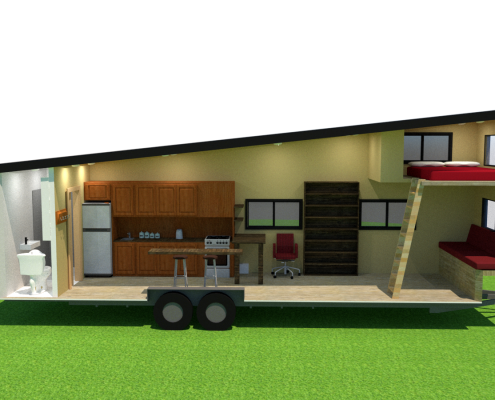
The Sentinel is designed for someone who wants to live tiny but won’t compromise on kitchen space. The kitchen has a full size fridge, oven, and sink, and ample cabinets.
Customers also have the option of working with B&B’s design team to create an entirely original design. Original tiny house designs allow you to create the exact tiny home that you’re envisioning, but due to economies of scale—i.e. custom houses taking longer to build due to the fact that each one is unique and not able to be mass produced— this option can be quite costly. In addition, with a custom house, there is an extra fee to design the sketches of the home and create an estimate. Read more on original tiny house design fees. Custom plans and builds come at a substantial increase in cost and build time, but they also allow those that are willing to pay more to receive a beautiful tiny house designed for their exact needs and lifestyle.
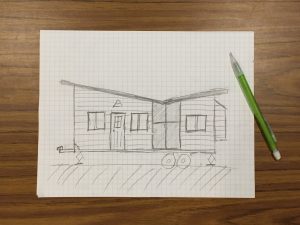
Clients can give our designers sketches of their dream home and see their ideas come to life.
Ready to begin your tiny house buying process? Fill out the form below to get in touch with us.
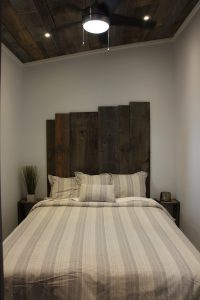
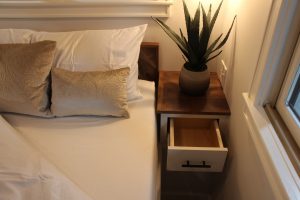
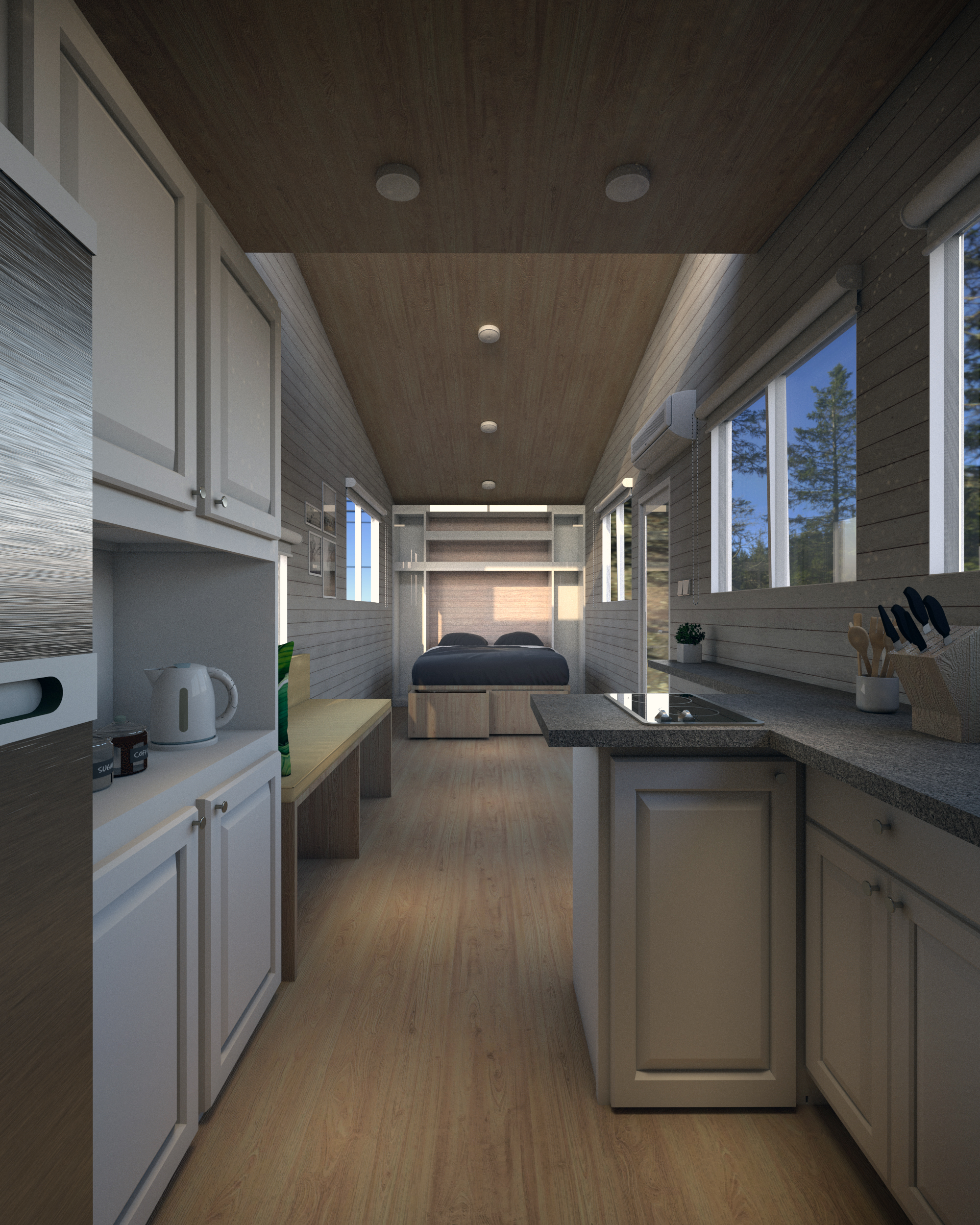
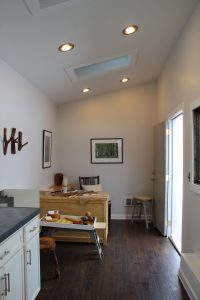
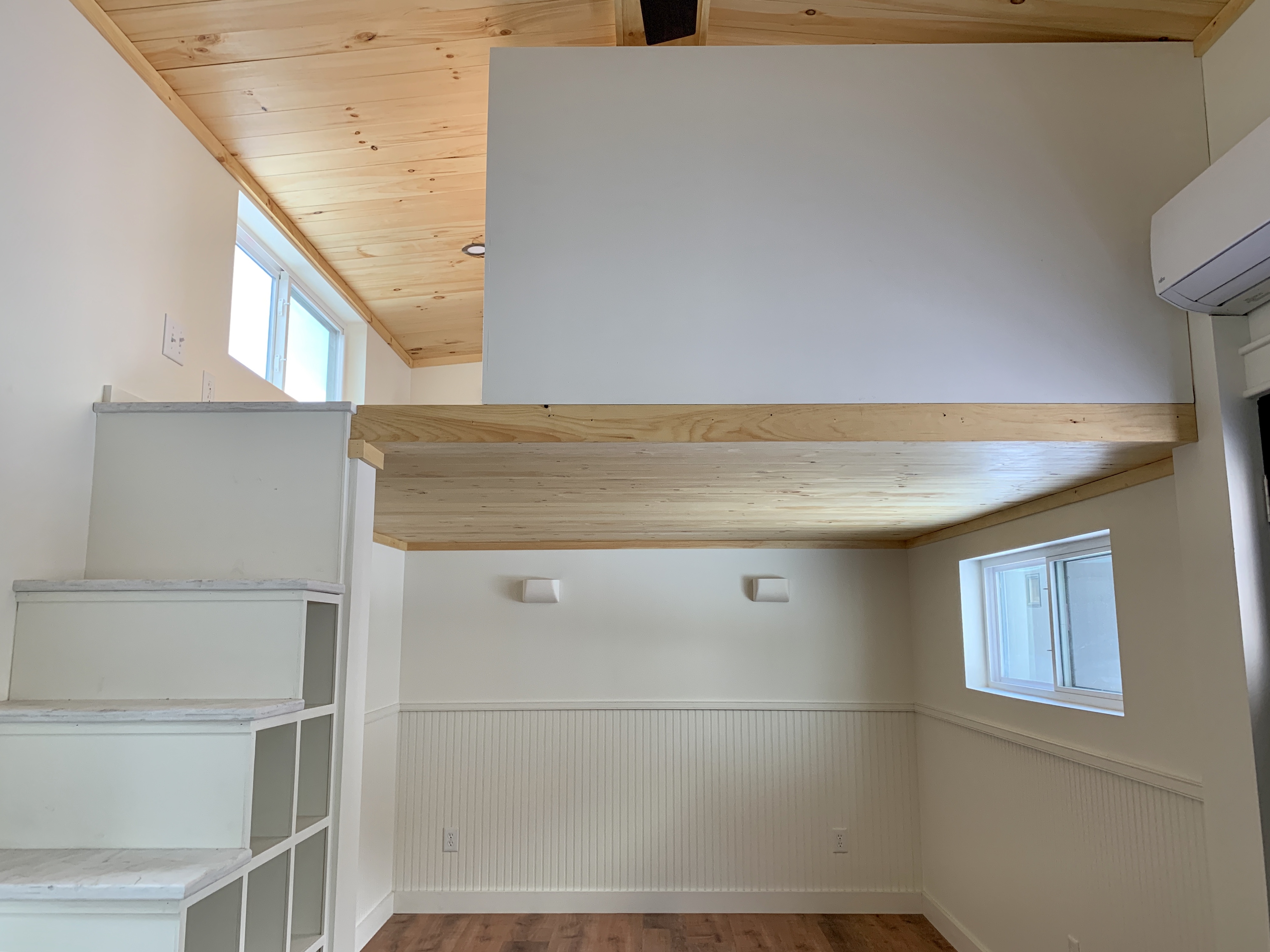
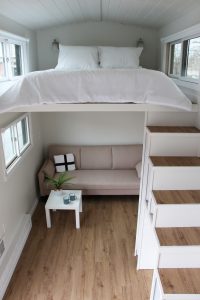
Learn more about our process or fill out the form below and one of our tiny house experts will reach out to you.
